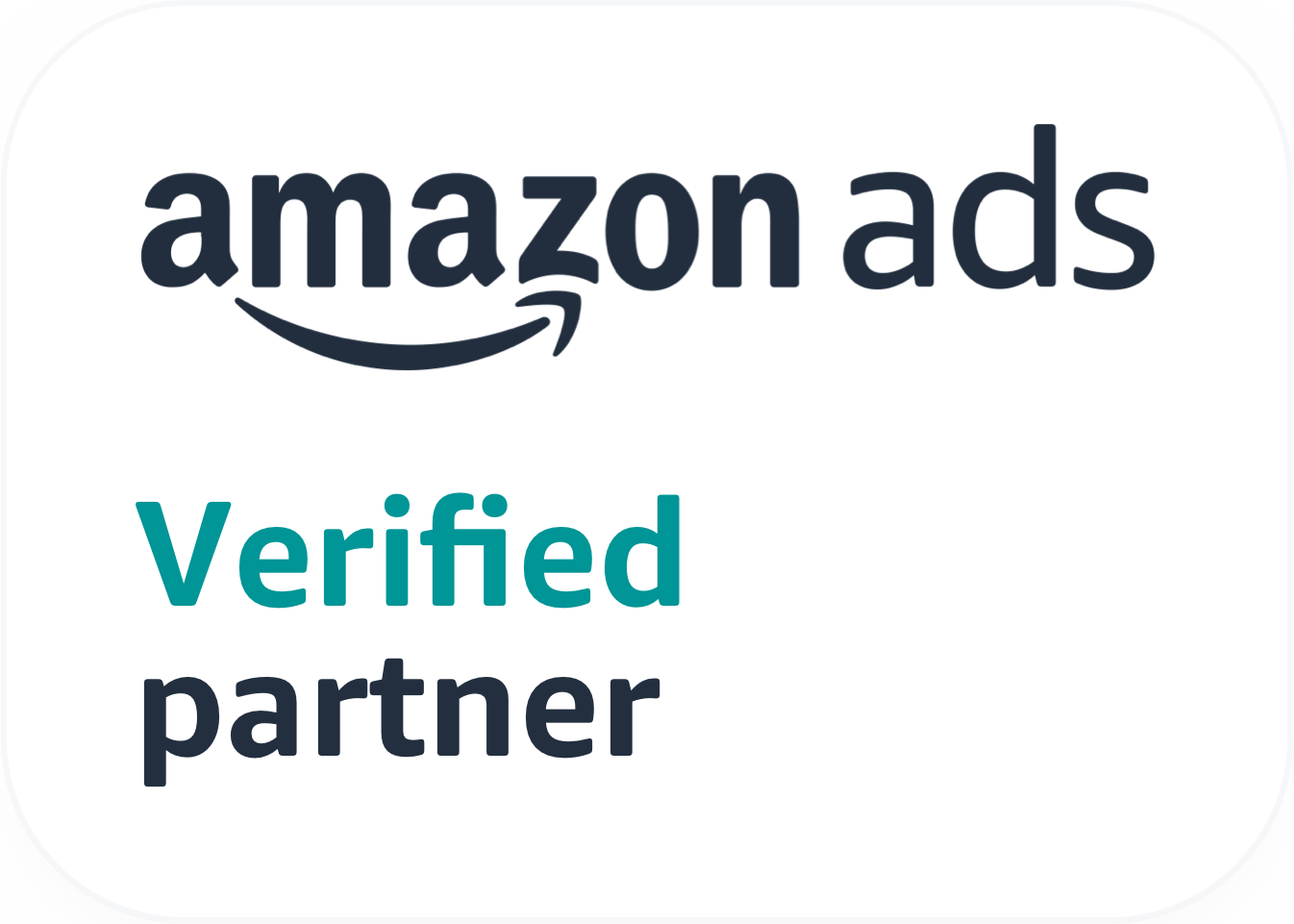The Book AI Tsunami on Amazon – A Playbook for Publishers and Authors


The pre-Christmas season is the time of advent calendars. While browsing through the many advent calendars on Amazon, I noticed countless books dedicated to the theme of Advent. Those looking for something more specific end up in areas like cookbooks for teenagers as advent calendars. Or advent calendars for the bathroom, both as books. What Amazon search spits out is an endless, almost hypnotic wall of book covers.
At first glance, an abundance of choice. At second glance, the revelation of a profound problem: Dozens of titles are not only content-wise but also visually almost identical. Same fonts, similar images, interchangeable promises. They all seem to serve a sudden, strange demand for cook-advent calendars for teenagers – or advent calendars for the bathroom – a niche within a niche.
Trend or Calculation?
But is this a real trend? No, rather a clever combination: On one hand, one of the most in-demand categories in the pre-Christmas season: advent calendars, and on the other auto-generated AI books on pseudo-relevant, universal topics. Price-wise in a range that seems downright attractive as a pre-Christmas gift. A wishful alternative to the chocolate calendar, something "nice to read" in the hope that daughter and son or the husband will occupy themselves with something other than the phone.
Quantity Instead of Quality
I could also cite numerous other examples where a comparable symbiosis takes place on Amazon. The products themselves are almost irrelevant. Because the sheer mass of these titles in the low-price segment achieves something destructive: It dilutes the search, makes the truly valuable books written with heart and expertise invisible, and frustrates the customer who has to wade through pages of digital clone garbage.
My examples are more than a curious niche observation. They are a parable for what is already happening or immediately threatening in many other niches on Amazon. The problem is not self-publishing itself. Platforms like Kindle Direct Publishing (the ability to publish books through Amazon, including printing) have existed on Amazon for a long time, and they have given many great authors a voice. What is new, however, is the almost industrial, AI-driven scaling. The barrier to creating a "book" and bringing it to the world's largest marketplace has dropped to zero. A tenth-grader can do this with their own phone in a few steps. But where there are no barriers, there is also no quality assurance. Amazon offers these mass-produced contents a broad stage like nowhere else (more on this later).
What Can Authors and Publishers Do?
The decisive question for authors and publishers is therefore: How can my book, how can I with genuine quality still stand out here? How can our book titles still gain the attention and trust of customers amid this flood of content-empty noise?
The Mechanisms of the Problem and Their Consequences
To develop the right strategy, publishers and authors must understand the mechanisms behind it that directly harm them. The AI flood is not an isolated phenomenon, but a chain with direct, measurable consequences for business on Amazon.
One might wonder how people can buy such books (they're not really proper books): The customer searches for and buys an article optimized for a very specific demand need. In my example, a "nice" gift, entertaining, trivial, which after 24 days has fulfilled its duty and lands, as is usual today, in the trash. The perfect product for the fast-paced and interchangeable nature of today's society, in an e-commerce world optimized for it.
Those who look at the books' content immediately notice that the content comes from a can, purely AI-generated, with no claim to anything, completely trivial, repetitive, and boring. The problem: An accompanying loss of trust in the quality of books. The price point becomes the driver, as the mass of titles dazzles. Buyers who shy away from purchasing.
Visibility Suffers
Your greatest asset on Amazon is your organic ranking. You invest in excellent content, professional editing, and a strong cover to rise in the rankings. Now your work no longer fights against a handful of relevant competitors, but against an avalanche of generic "garbage". Your organic reach is suffocated because search results are clogged with titles that only exist because their creation costs virtually nothing.
Standing Out as an Author and Publisher from the Crowd
To stand out from the crowd, you must master the keyboard of retail readiness on Amazon. The new players set the "bar" quite high. They use good images, SEO-optimized titles and texts, A+ Content, reviews (though more fake than authentic), and advertising to attract customers. You must at least catch up to this with your works.
Purchased Visibility Through Advertising
To be found at all in this chaos, authors and publishers must increasingly rely on Amazon Advertising. But here too they come under pressure. The providers of AI books have no significant production, storage, or personnel costs. They can live with an ACoS (Advertising Cost of Sales) of 50% or more because every sale is pure profit. This drives click prices (CPC) up for everyone. Your advertising campaigns become more expensive and less efficient because you're bidding against players who operate under completely different economic rules.
My Recommendations for Authors and Publishers
As an author or publisher, you cannot wait for Amazon to solve the problem for you. You should act proactively. I myself have published both of my Amazon books with Rheinwerk Verlag – and that was a very conscious decision against quick self-publishing and for a partner that stands for exactly the opposite of the AI flood.
For me, Rheinwerk Verlag is a prime example here. Publishing a book there means going through an intensive quality assurance process. Every manuscript is reviewed by a professional editor, editorially accompanied, and professionally typeset. The publisher invests in a high-quality cover and thoughtful marketing. It acts as a filter and as a quality promise to the reader. The publisher's name vouches for quality, and this quality radiates to the book and the author. This is exactly why I chose this path: I wanted my expertise to be confirmed and refined by the brand of a renowned publisher.
This exact principle is what now becomes the most important strategy for all serious authors and publishers. It's about focusing on what an AI can never generate: The proof of the human, i.e., credible authorship. What this means concretely differs by genre, but the principle remains the same. For non-fiction and specialist book authors, it's about bringing their demonstrable expertise to the fore. The reader must immediately recognize: Here someone writes who really knows their subject. For novelists, crime or fantasy writers, the key lies in making their unmistakable authorial voice and creative originality visible. Here the reader must feel: This is not a generic story, but the work of a unique imagination.
Product Presentation
It's no longer enough to just have a good book – you have to prove it. Your A+ Premium Content is the most important tool for this. For the expert, I recommend not only showing the table of contents, but telling the creation story of the book, showing yourself as an author in a video, or giving insights into your research. For the novelist, the same principle applies with different means. Here you can use A+ Content to introduce the world of your book, bring the main characters to life with graphics, or talk about your personal inspiration for the story. Show the heart and soul that goes into your world.
Brand Store as a Quality Feature
A strong brand ecosystem is essential. Your product page is only part of the whole. Your Amazon Store is your curated library, the presentation of your publishing house. It is the safe harbor into which you can lead customers from the chaotic search result ocean. Link your store prominently in your advertisements and use Sponsored Brands to present your entire publishing world. Create trust and identity. Your "brand" becomes the filter that the customer consciously chooses.
Using Amazon Advertising
At the same time, you should align your advertising defensively and intelligently. Part of the advertising budget should be focused on defending your own space. Bid aggressively on your author name, your publisher, and your book titles. It may sound counterintuitive to pay for clicks you might have gotten organically, but in the current situation, it's a necessary defensive measure.
My Prognosis: How Amazon Will Respond
A legitimate question that is repeatedly asked is why Amazon doesn't simply put a stop to this. To adjust your own strategy, it's crucial to understand the fundamental dilemma of the platform.
To do this, one must look at the sheer dimension of Kindle Direct Publishing (KDP). Amazon doesn't publish exact, up-to-date numbers, but industry analyses assume that over a million books are newly published worldwide via KDP per year – that's several thousand titles every single day. For the German-speaking market, one can conservatively assume tens of thousands of new self-publishing titles per year, a significant portion of which run through KDP. Amazon faces the gigantic challenge of filtering this title flood according to quality guidelines – a fully manual process is practically impossible at this volume.
Could Amazon technically prevent the publication of low-quality content anyway? Certainly, this possibility would exist. But it would contradict the core claim of KDP. The platform was not founded as a curated publisher, but as a tool for the democratization of publishing. The basic idea was and is to bypass the traditional gatekeepers – i.e., the publishers – and give everyone a voice and a distribution channel. Defining and filtering quality was never the primary claim of KDP. The focus was always on open access and scaling.
Amazon has already responded to this problem, albeit hesitantly. In 2023, the company introduced a limit on the number of daily uploads at KDP. This was a first sign that Amazon recognized the problem. At the same time, today's situation shows that this measure was far from sufficient. However, today's situation shows that this step was far from sufficient, as it did nothing to change the actual quality problem.
Therefore, Amazon's final response will not be a big "cleanup update". My prognosis is that the solution will be a slow but steady algorithmic re-evaluation of authority. The algorithm will learn to pay more attention to long-term signals that are hard to fake: the history of a brand, the consistency of the portfolio, engagement metrics like dwell time on A+ Content, or a low return rate.
Until this algorithmic adjustment takes effect, the responsibility lies with the publishers and authors themselves. The current situation is more than just a crisis; it's a catalyst. It forces them to focus on their true strengths: their expertise, their stories, and their ability to build a genuine relationship with their readers. Those who now invest in their brand as proof of their credible authorship will not only survive this wave – they will emerge strengthened from it, while the generic mass breaks on its own triviality.
Conclusion: The Crisis as a Test of Character
What does all this mean for you as an author or publisher? The flood of AI-generated content on Amazon is more than just a nuisance. It's a fundamental change in the marketplace that requires a clear decision. Waiting for Amazon to solve the problem is not a strategy.
The good news is: The solution is not to shout louder than the noise, but to send an unmistakable signal for quality. The current situation is not a death blow for high-quality books, but their greatest test of character. It forces serious authors and publishers to focus on what makes them irreplaceable: their creativity, their expertise, and their ability to build a genuine connection with the reader.
The AI wave separates the wheat from the chaff. Those who only focus on quick trends and cheap production will sink in the mass. But those who understand their brand as a quality promise and design their entire presence on Amazon professionally and authentically will not only survive – they will emerge as the trusted points of contact from this chaos.
My tip: Invest in your credible authorship. It is and remains your most valuable asset on Amazon.


